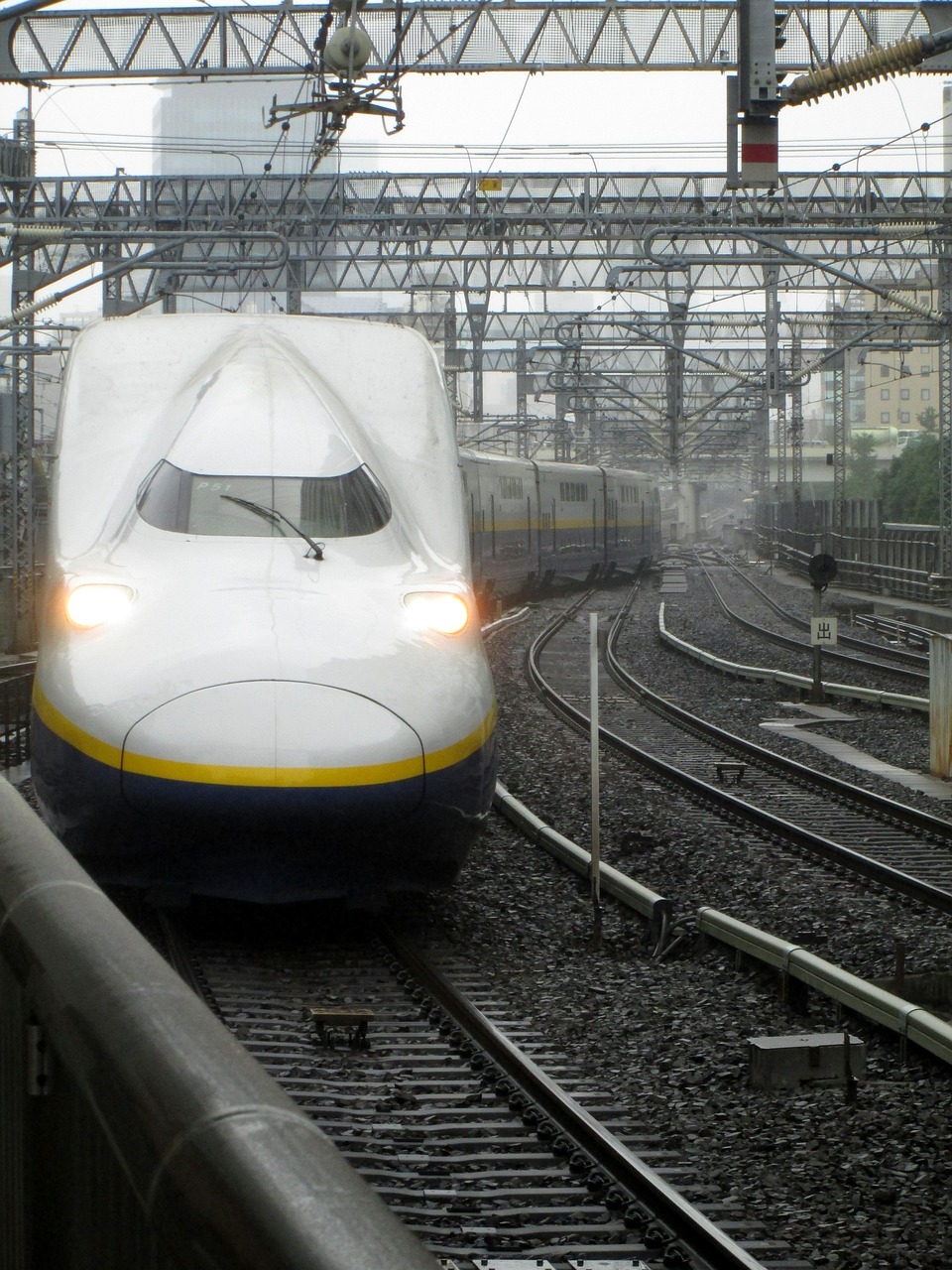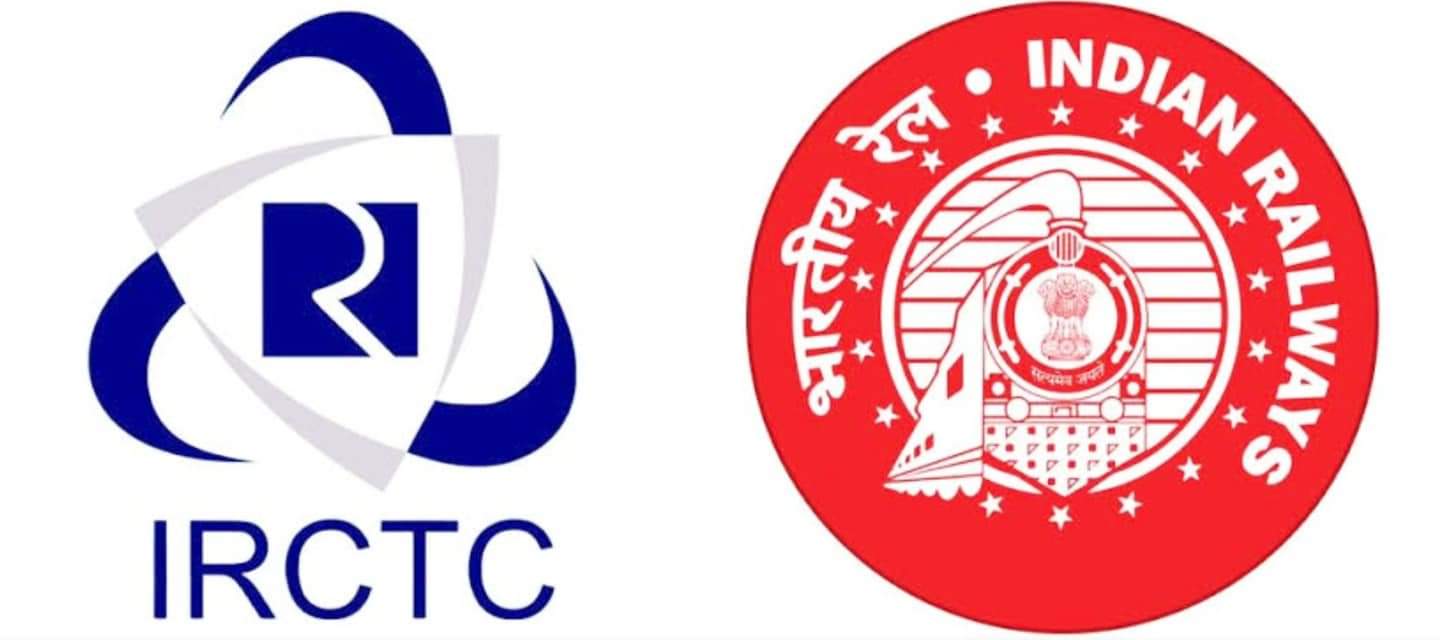1. Introduction
– Definition of high-speed rail networks
– Importance and benefits of high-speed rail
2. Historical Development of High-Speed Rail
– Origins of high-speed rail
– Pioneering countries and early networks
– Technological advancements and improvements
3. High-Speed Rail Networks in Asia
– Overview of high-speed rail in Asia
– China’s high-speed rail network
– Japan’s Shinkansen
– South Korea’s KTX
4. High-Speed Rail Networks in Europe
– Overview of high-speed rail in Europe
– France’s TGV
– Germany’s ICE
– Spain’s AVE
5. High-Speed Rail Networks in North America
– Current state of high-speed rail in North America
– High-speed rail projects in the United States
– Canada’s plans for high-speed rail
6. High-Speed Rail Networks in other Regions
– High-speed rail in Australia
– High-speed rail in the Middle East
– High-speed rail in Africa
7. Advantages and Challenges of High-Speed Rail
– Environmental benefits
– Economic advantages
– Infrastructure requirements and costs
– Regulatory and political challenges
8. Future Prospects of High-Speed Rail
– Technological advancements
– Expansion of existing networks
– Potential for international connections
9. Conclusion
High Speed Rail Networks Worldwide
Introduction:
High-speed rail networks have revolutionized transportation systems around the world, offering a fast, efficient, and sustainable mode of travel. These networks have transformed the way people commute, enabling swift connections between cities and regions. In this article, we will explore the development and significance of high-speed rail networks worldwide, examining key examples from different regions.
Historical Development of High-Speed Rail:
High-speed rail has a rich history dating back several decades. It originated as an ambitious idea to overcome the limitations of traditional rail systems and provide faster travel options. Pioneering countries like Japan and France introduced the concept and laid the foundation for the development of high-speed rail networks. Technological advancements, including advancements in train design, infrastructure, and safety systems, have contributed to the continuous improvement of these networks.
High-Speed Rail Networks in Asia:
Asia has emerged as a global leader in high-speed rail, with several countries boasting extensive networks. China, for instance, operates the world’s largest high-speed rail network, connecting major cities across the country. Japan’s Shinkansen, popularly known as the “bullet train,” is renowned for its speed, efficiency, and safety. South Korea’s KTX is another successful example of high-speed rail in Asia, facilitating quick travel within the country.
High-Speed Rail Networks in Europe:
Europe is home to some of the most advanced and interconnected high-speed rail networks. France’s TGV (Train à Grande Vitesse) was the first high-speed rail system to operate commercially and has since expanded to connect numerous cities within and beyond France. Germany’s ICE (InterCity Express) provides efficient high-speed connections within the country and to neighboring nations. Spain’s AVE (Alta Velocidad Española) network has rapidly expanded, offering fast and convenient travel options across the country.
High-Speed Rail Networks in North America:
While high-speed rail networks in North America are not as extensive as those in other regions, there has been a growing interest in developing such systems. The United States, in particular, has made efforts to introduce high-speed rail projects, with initiatives like the California High-Speed Rail Authority aiming to connect major cities within the state. Canada also has plans for high-speed rail, exploring options for faster and more sustainable transportation.
High-Speed Rail Networks in other Regions:
High-speed rail networks are not limited to
Asia, Europe, and North America. Australia has plans to develop high-speed rail connections between its major cities, enhancing mobility and reducing congestion. The Middle East has also shown interest in high-speed rail, with projects like the Haramain High-Speed Rail in Saudi Arabia connecting holy cities. Africa, too, has started exploring the potential of high-speed rail networks to support regional integration and economic growth.
Advantages and Challenges of High-Speed Rail:
High-speed rail offers numerous advantages, both for individuals and society as a whole. It provides a sustainable alternative to air and road travel, reducing carbon emissions and congestion. High-speed rail networks also boost economic development, create job opportunities, and enhance connectivity between cities. However, there are challenges to overcome, including the substantial infrastructure investments required, complex regulatory frameworks, and political considerations.
Future Prospects of High-Speed Rail:
The future of high-speed rail looks promising, with continuous technological advancements and expansion plans. Train manufacturers are developing faster and more energy-efficient trains, while countries are investing in expanding their existing networks and establishing international connections. High-speed rail has the potential to transform global transportation, offering efficient and environmentally friendly travel options.
Conclusion
High-speed rail networks worldwide have revolutionized transportation, providing a fast, efficient, and sustainable mode of travel. From the pioneering efforts in Japan and France to the extensive networks in China and Europe, high-speed rail has become a vital part of the transportation infrastructure in many regions. While challenges exist, the benefits of high-speed rail, including environmental sustainability and economic growth, make it a compelling choice for the future of transportation.
FAQs
1. What is high-speed rail?
High-speed rail refers to a type of rail transport that operates at significantly faster speeds than traditional trains, offering efficient and rapid connections between cities.
2. How does high-speed rail benefit the environment?
High-speed rail produces fewer greenhouse gas emissions compared to air and road travel, making it a more environmentally friendly transportation option.
3. Are there any high-speed rail networks in North America?
While high-speed rail networks in North America are not as extensive as in other regions, there are ongoing efforts to develop such networks, particularly in the United States and Canada.
4. What are the challenges in developing high-speed rail networks?
Developing high-speed rail networks requires substantial investments in infrastructure, navigating complex regulatory frameworks, and addressing political considerations.
5. What does the future hold for high-speed rail?
The future of high-speed rail looks promising, with ongoing technological advancements, expansion plans, and the potential for international connections, transforming transportation on a global scale.
Image by yoshihiro Kato from Pixabay
Hey there! 😊 We run a small YouTube channel for Roads & Rails, and we'd love your support! Now the channel features daily Rail fanning videos.. Please Hit that subscribe button to help us stay inspired and create even more exciting content. Got questions, feedback, or ideas for collaboration? We’d love to hear from you! Drop us a message at mail@roadsandrails.org. Thanks for being part of our journey!











